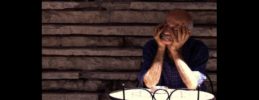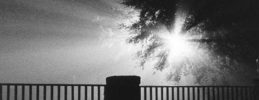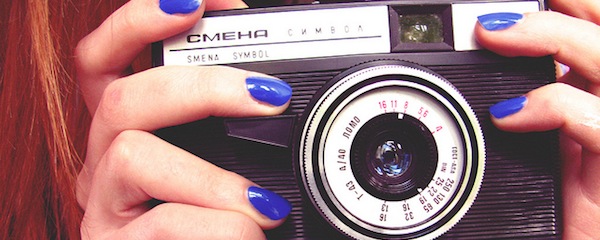
(‘Smena Symbol’ © Katie, 2011)
*
SOMETHING TO HOLD ON TO
by SOPHIA KIER-BYFIELD
*
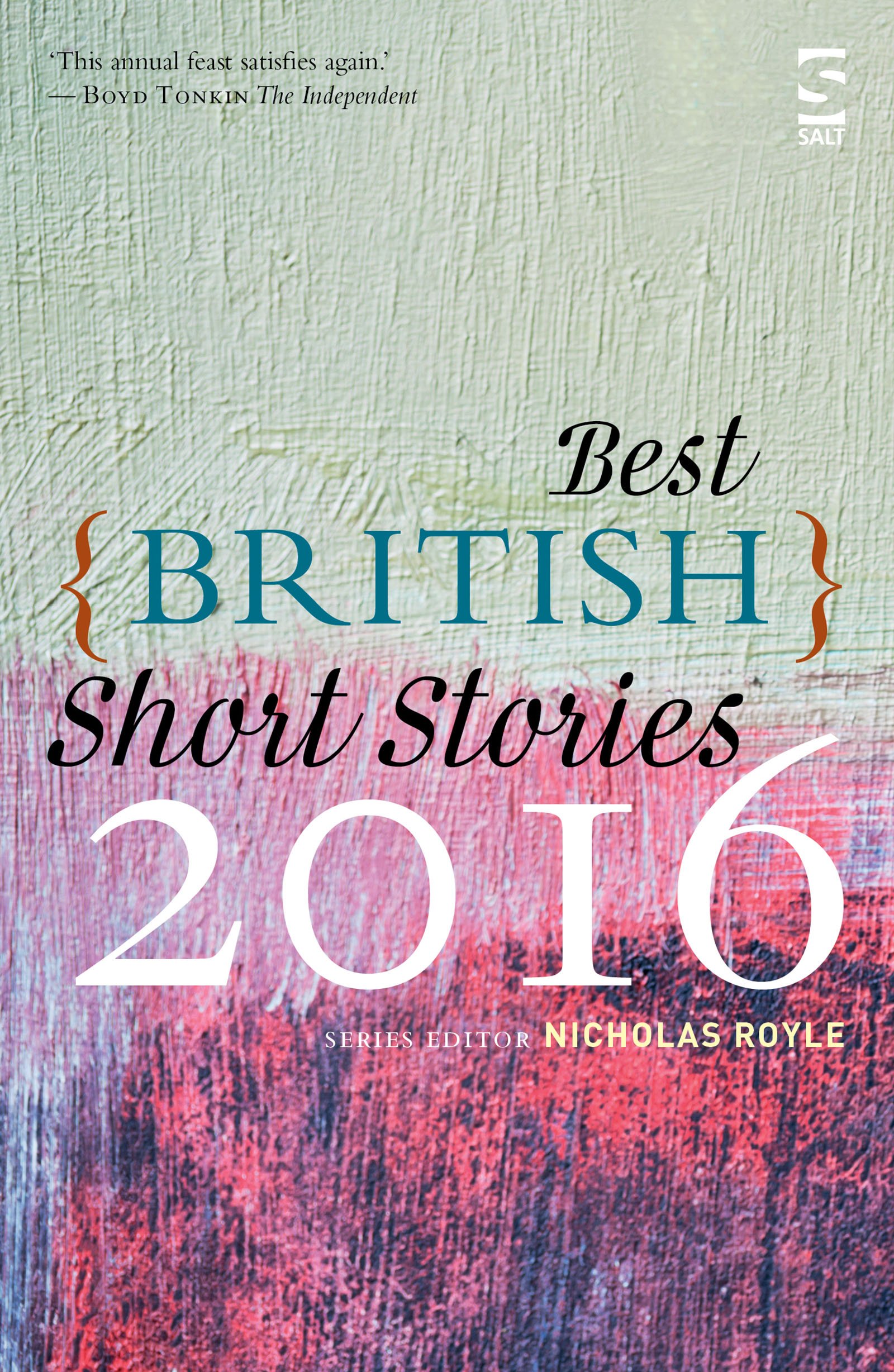 Upon embarking on the 2016 edition of Best British Short Stories, I did something different: I read the introduction first. Introductions, paradoxically, are usually for afterwards, for reflection, but when faced with such a comprehensive anthology, it felt important to learn of the stories’ origins, where the treasures presented in this elegant display case were found.
Upon embarking on the 2016 edition of Best British Short Stories, I did something different: I read the introduction first. Introductions, paradoxically, are usually for afterwards, for reflection, but when faced with such a comprehensive anthology, it felt important to learn of the stories’ origins, where the treasures presented in this elegant display case were found.
As every year, the stories in this anthology come from far and wide: from ‘magazines, collections, chapbooks, online publications’ and ‘BBC Radios 3 and 4’. That Anglo Files (a journal for English teachers in Denmark), published Tony Peake’s tender story ‘The Bluebell Wood’, about the power of the imagination in the face of illness and life’s limitations, implies that there really is a plethora of platforms for British short fiction. Nevertheless, despite disparate geneses and foci, patterns and relations can be traced between these fictions. Editor Nicholas Royle rightfully asserts that an anthology should not be interchanged with ‘a single author collection’, ‘unless you want to live in a chaotic world with no fixed points, nothing to hold on to’; indeed, through careful choice and clever arrangement, this array of stories speak to and illuminate one another, a comforting reminder of the unexpected connections that can be made in a world that otherwise seems so confusing, disorderly and unruly.
One fine thematic thread that stitches seemingly incongruent narratives together is photography. That complex visual medium of the everyday, which often gets taken for granted, is cleverly worked into several of the stories as a way of exploring memory and fragile human relationships, both with the self and others. In Janice Galloway’s ‘Distance’, the incredibly moving story that effectively closes the anthology, an over-protective mother’s fear for her son leads her to sever all ties with him altogether and leave her husband. When the son comes to visit her, he brings photographs:
There was Peter sitting on a rug she did not recognise; eating breakfast from a familiar plate, but playing with an unfamiliar kitten on the old kitchen floor; reflected in the bedroom mirror, showing off his new school tie. Riley was showing her he could fill the gap. They were good pictures, but curiously disquieting, and questions – does the kitten have a name? are those your new shoes? – irritated Peter enough for her to ask fewer as the months progressed.
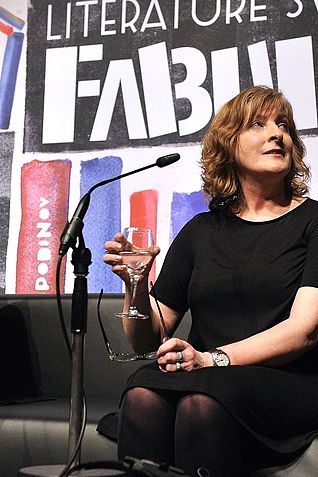 These images, rather than bringing Martha closer to her estranged son, add another barrier in their refusal to give everything away. The images are an attempt to replicate the moment, document it, but they simply draw greater attention to the fact that she is now at a remove from his everyday, emotionally and physically separated. Later in the story, Martha looks at a picture of her mother, whose instability, at least in the opinion of her husband, heightened her own. In the photograph, her mother is ‘in a garden, the leaves on the trees behind her wild with blossom, holding a baby, her first born, out to the watcher like a gift’, a poignant foreshadowing of how Martha, too, will be unable to handle the pressures of motherhood.
These images, rather than bringing Martha closer to her estranged son, add another barrier in their refusal to give everything away. The images are an attempt to replicate the moment, document it, but they simply draw greater attention to the fact that she is now at a remove from his everyday, emotionally and physically separated. Later in the story, Martha looks at a picture of her mother, whose instability, at least in the opinion of her husband, heightened her own. In the photograph, her mother is ‘in a garden, the leaves on the trees behind her wild with blossom, holding a baby, her first born, out to the watcher like a gift’, a poignant foreshadowing of how Martha, too, will be unable to handle the pressures of motherhood.
Photography in the twenty-first-century, an awareness of the deluge of images that ‘sit uselessly on [a] hard-drive’, slips into Graham Mort’s ‘In Theory, Theories Exist’. Ralph is a heart-broken academic, both literally and metaphorically. Having been left by his lover and undergone serious heart surgery, we witness him on holiday, climbing a steep hill in the scorching heat and reflecting on both his romantic disappointment and the ‘gossip and intellectual bitchiness’ of the university he works at, which ‘stank of mendacity and ambition’. This is a humorous, although palpably accurate, critique of academia, which also arises in Neil Campbell’s ‘A Leg to Stand On’ and adds a sharp edge of relevance to the anthology. Ralph remembers how his old lover, Simon, once told him that ‘the camera was his way of putting a membrane between him and the world’, and indeed, upon triumphantly reaching the top, another memory is evoked:
He placed his bag and hat and water bottle on the wall and took a photograph of them with the mountains in the distance. The last time he’d done this Simon had been with him and he had a shot of him leaning forwards and laughing, halfway through saying something. That’d been two years ago. One thing a scholar of the sonnet should know is that things change suddenly and then end.
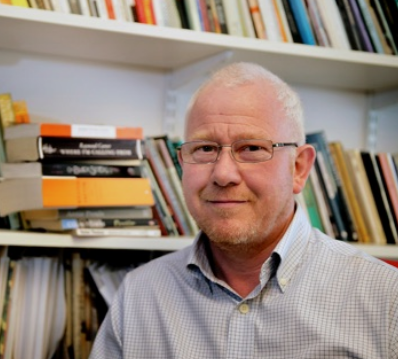
This photographic act softens the blow of Simon not being there, but is also a cathartic, self-assertive process and declaration of independence for Ralph. By returning to the same spot and photographing his personal belongings instead, Ralph recognises that things have changed and that he needs to accept his new present. He is positive, and his relationship with literature again becomes fruitful, something that kindles insight: ‘the future was uncertain again and in a good way. It was a premonition, like poetry coming on, its aura. The way things had to begin again, had to exist before they could mean anything’.
The idea of the ways in which we engage with both visual and literary representations of life is carried further in David Gaffney’s ‘The Staring Man’. In this story, a woman named Charlotte is tinkering with a 3D model of a park refurbishment when she is approached by an old man who presents her with a ‘sheet of A4 paper’:
…a print-out of a black and white photograph of a young couple dangling a baby’s feet into the water of the original paddling pool […] He prodded the image. “That’s me. That’s my wife Dorothy, and that’s Heather. She’s three there – 1958.”
The couple looked innocently happy, their small, trim frames somehow weightless, as if in those days there had been less gravity.
The photograph represents the gulf between past and present. That there was seemingly ‘less gravity’ back then implies an emotional lightness, the visible buoyancy of happiness that this man, Ted Mooney, can no longer access or experience: he can merely touch the photograph’s surface, make factual statements about circumstance. The paradox of the photograph is that the moment has to disappear in order for it to be preserved, the subsequent object being at once an offering to memory and a reminder of irreversible change, the distance that passing time creates. Infinite copies of the original photograph can be made, but the moment never retrieved.
When Ted states that he didn’t know there was a demand for ‘people like her’, Charlotte replies: “There’s a need for it … We make things smaller so that people can understand them better.”
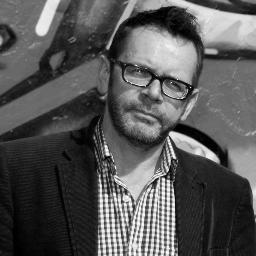 The model becomes symbolic of artistic representation, of how we rework the world into other forms in an attempt to comprehend it, yet also reflects the literary form within which it is manifest: the short story’s compressed, fragmented nature actually allows it to engage with greater issues beyond the parameters of the page. Then there’s the figurine of the staring man, ‘one of Charlotte’s favourites’ who ‘appears in every model’ and ‘adds something intangible. Takes you out of the model and makes you feel there is something beyond’. The implied, the unseen – what’s ‘written on the napkins at the model maker’s conference’ but not fully visible in the narrative – is what makes the short story so powerful, so vital. Indeed, in Alex Preston’s beautiful and lyrical ‘Wydham Le Strange Buys the School’, it is Chekhov stories specifically that help the young men, damaged by their harrowing experiences of trench warfare during WW1, to recover and ‘find parts of ourselves that we feared lost forever’.
The model becomes symbolic of artistic representation, of how we rework the world into other forms in an attempt to comprehend it, yet also reflects the literary form within which it is manifest: the short story’s compressed, fragmented nature actually allows it to engage with greater issues beyond the parameters of the page. Then there’s the figurine of the staring man, ‘one of Charlotte’s favourites’ who ‘appears in every model’ and ‘adds something intangible. Takes you out of the model and makes you feel there is something beyond’. The implied, the unseen – what’s ‘written on the napkins at the model maker’s conference’ but not fully visible in the narrative – is what makes the short story so powerful, so vital. Indeed, in Alex Preston’s beautiful and lyrical ‘Wydham Le Strange Buys the School’, it is Chekhov stories specifically that help the young men, damaged by their harrowing experiences of trench warfare during WW1, to recover and ‘find parts of ourselves that we feared lost forever’.
When the cruel, unpredictable truth about Ted is revealed in ‘The Staring Man’, Charlotte becomes disheartened about her ability to perfectly ‘represent the world’ through her model: she pulls ‘the staring man away from his fixings’ and puts him inside ‘the park keeper’s building … lying on his back and looking up at the ceiling’. By doing this, ‘no one would ask what his function was any more. Her model would just be a model, and nothing else’. But if art had all the answers, wholly ‘reflected the real world with its smells, its sounds, it shapes and shades’, it would serve no purpose: people would look at the closed ceiling, wouldn’t create anything. What made her original model a work of art was its ability to look outward into the mystery of the world and invite interpretation. This is what the stories in Best British Short Stories 2016 do, and I’d absolutely recommend diving into this intriguing assortment and finding the gems that awaken your curiosity, too.
~
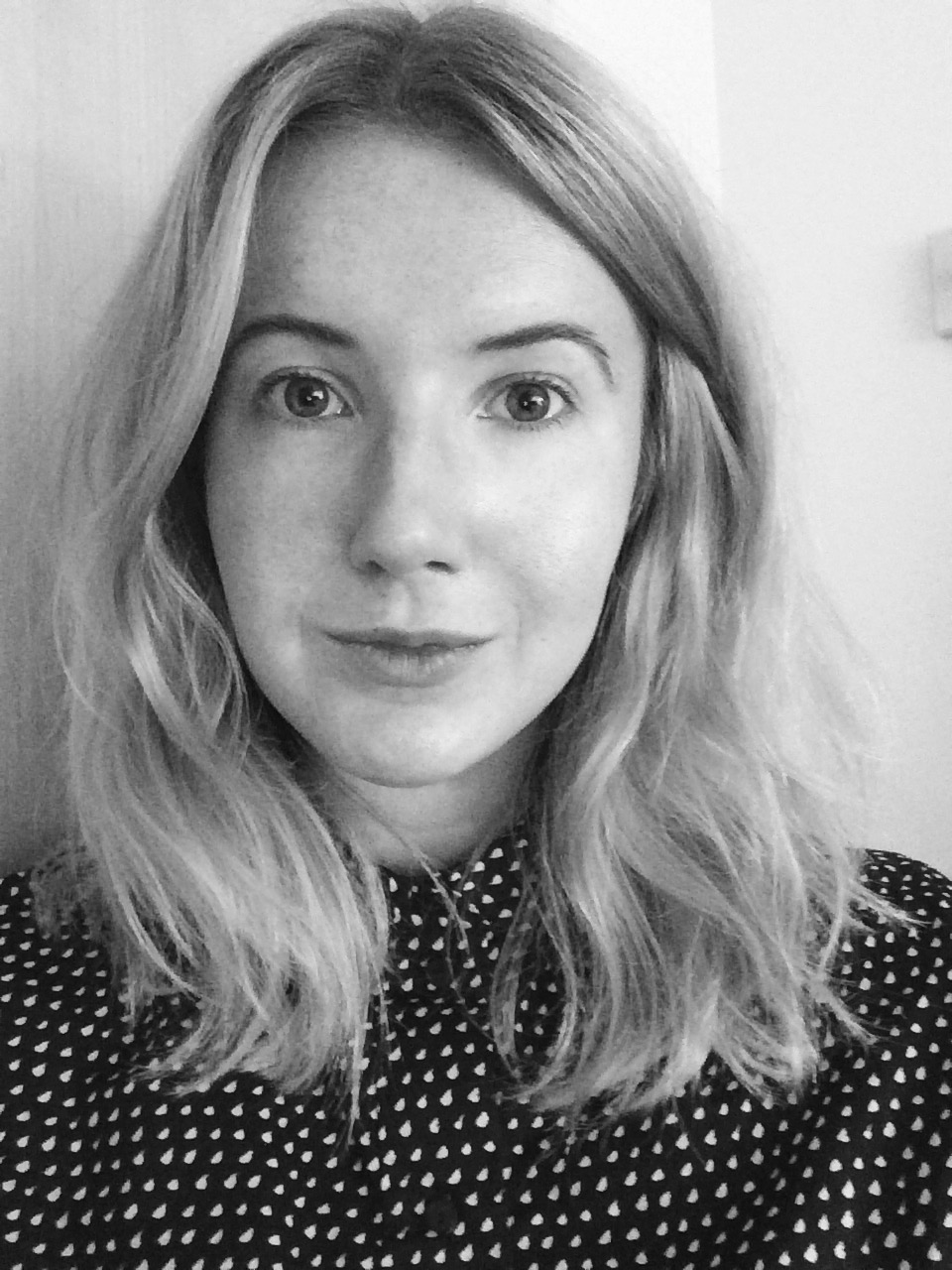 Sophia Kier-Byfield gained her BA in English Literature from Royal Holloway, University of London, in 2013. After a year of working as a private tutor and travelling the world, she moved to Brighton to pursue a Masters in Modern and Contemporary Literature, Culture and Thought at the university of Sussex, completed with Distinction and department prize in 2015. Soon after, she decided to move to Aarhus to be close to her Danish family and explore this part of her identity. Sophia is currently working as an English Literature teacher at Aarhus University, cycling everywhere and trying to write more. She blogs at sophiakierbyfield.wordpress.com
Sophia Kier-Byfield gained her BA in English Literature from Royal Holloway, University of London, in 2013. After a year of working as a private tutor and travelling the world, she moved to Brighton to pursue a Masters in Modern and Contemporary Literature, Culture and Thought at the university of Sussex, completed with Distinction and department prize in 2015. Soon after, she decided to move to Aarhus to be close to her Danish family and explore this part of her identity. Sophia is currently working as an English Literature teacher at Aarhus University, cycling everywhere and trying to write more. She blogs at sophiakierbyfield.wordpress.com
